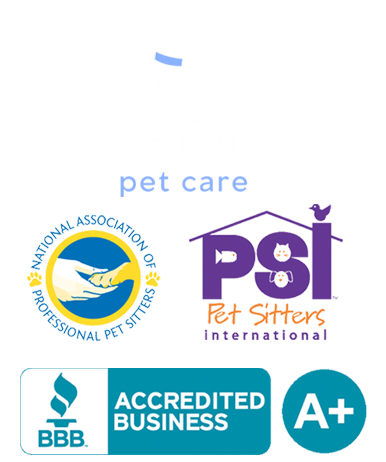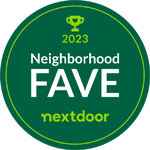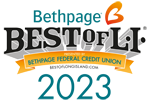Understanding the Need for Socialization
Socialization is a key part of any dog’s well-being, especially for rescue dogs or pets who have experienced isolation. Without regular interaction with people, animals, or new environments, dogs can develop fear, anxiety, or aggression. Socializing adult dogs may take time and patience, but the long-term benefits include improved confidence, better behavior, and stronger bonds with their owners. Whether your dog was recently rescued, came from a shelter, or simply hasn’t interacted much with the outside world, structured socialization is crucial.
Why socialization matters:
Builds confidence in unfamiliar situations
Reduces fear, anxiety, and aggression
Strengthens the human-animal bond
Prepares dogs for a happy, well-rounded life
In this guide, we’ll walk you through how to safely reintroduce your dog to the world. With consistency, kindness, and the right resources, including support from professional services like Dan’s Pet Care, your dog can thrive in a social environment.
Start Slow and Observe Body Language
The first rule of dog socialization is to take it slow. Begin with calm, quiet environments before gradually introducing your dog to busier settings. Watch for signs of stress such as tucked tails, yawning, lip licking, or raised hackles. These cues indicate that your dog may be overwhelmed and needs a break. Never force interactions. Instead, allow your dog to approach new situations at their own pace.
Signs your dog may be overwhelmed:
Tail tucked or ears pinned back
Avoiding eye contact or yawning excessively
Freezing in place or pulling on the leash
Praise and reward calm behavior with treats or affection. Trust is essential in the early stages, and observing body language will keep both you and your dog safe and confident.
Establish a Consistent Routine
Dogs thrive on routine, especially those recovering from trauma or extended isolation. Establishing a predictable schedule for meals, walks, and training sessions helps reduce anxiety and gives your dog a sense of security.
Routine-building tips:
Schedule daily walks at consistent times
Feed your dog in the same location each day
Use consistent cues and commands during training
Over time, the structure will create a stable foundation for more advanced socialization activities. Dogs with predictable routines are more likely to respond calmly in new situations.
Introduce New Experiences Gradually
Socializing adult dogs after isolation requires gentle exposure to new experiences. Start by introducing simple changes to their environment. This might include walking on different surfaces like grass, sand, or pavement. Play soft recordings of traffic or other dogs to get them used to new sounds.
Ideas for gradual exposure:
New walking paths and textures
Background noise simulations
Low-stress visits from familiar friends
Keep sessions short and end on a good note to build positive associations. A safe and slow progression is the key to lasting success.
Positive Reinforcement is Essential
Rewarding good behavior is one of the most effective tools for dog socialization. Positive reinforcement helps your dog associate new people, places, and animals with good things. This can include treats, praise, toys, or anything your dog enjoys.
Ways to reward your dog:
Tasty high-value treats
Verbal praise and petting
Short play sessions or a favorite toy
Avoid punishment, which can increase anxiety and hinder progress. The goal is to make socialization a joyful and rewarding experience, not a stressful one.
Carefully Introduce Other Dogs
Meeting other dogs can be a sensitive step in the socialization process. Not every dog is immediately comfortable with others, especially if they’ve experienced trauma or limited exposure. Begin with visual introductions from a distance before attempting close contact.
Safe dog introduction tips:
Use neutral territory like quiet parks
Keep dogs leashed and under control
Walk side-by-side with distance before interactions
Watch closely for signs of discomfort and be prepared to step back if needed. Socializing adult dogs safely with others can be complex but highly rewarding.
Socializing Around People
Helping your dog feel comfortable around people is a cornerstone of socialization. Start by exposing them to quiet, relaxed individuals who understand how to behave calmly around dogs.
People-socialization tips:
Ask guests to ignore your dog at first
Use treats to encourage positive interactions
Avoid loud voices and sudden movements
With time, consistency, and positive experiences, your dog can learn to enjoy human companionship and confidently navigate social situations.
The Role of Obedience Training
Obedience training is a vital component of socializing adult dogs. Basic commands like sit, stay, leave it, and recall give you the tools to manage your dog’s behavior in unfamiliar settings.
Training benefits include:
Builds structure and confidence
Encourages calm behavior in new environments
Strengthens the bond between dog and owner
Consider enrolling in a local training class or hiring a professional if you need help. Obedience isn’t just about commands, it’s about communication.
Use Enrichment to Build Confidence
Mental and physical enrichment is essential for developing a confident, well-adjusted dog. Enrichment activities stimulate your dog’s brain and reduce stress.
Enrichment ideas:
Puzzle toys and treat-dispensing games
Scent work and food-based challenges
Walks focused on sniffing and exploring
Dogs who are mentally fulfilled are less likely to react fearfully to new situations. Enrichment helps build the foundation for successful socialization.
Common Mistakes to Avoid
When socializing adult or rescue dogs, some common mistakes can hinder progress. One of the biggest mistakes is moving too quickly.
What to avoid:
Forcing your dog into social settings
Ignoring stress signals or discomfort
Punishing fearful reactions
Each dog is unique, and what works for one might not work for another. Patience and awareness are your best tools for success.
When to Seek Professional Help
There may come a point when your dog’s fear or reactivity becomes more than you can handle alone. That’s when it’s time to bring in a professional.
Signs it’s time to get help:
Aggression or lunging at people or dogs
Inability to relax in any social setting
Regressive or worsening behavior despite efforts
Certified trainers and behaviorists can assess your dog’s needs and create a customized plan. Early intervention can prevent issues from escalating.
Tools and Resources for Success
A successful socialization journey involves the right tools and resources. Start with high-value treats, a sturdy leash, and a well-fitting harness.
Helpful tools include:
Calming aids like vests or pheromone sprays
Puzzle toys and training clickers
Training apps and enrichment videos
The Dan’s Pet Care website offers helpful information and services to support your training journey. With the right support system, your dog can thrive.
Long-Term Socialization Habits
Socialization doesn’t end once your dog is comfortable with a few people or places. It’s a lifelong practice that keeps your dog well-adjusted and mentally stimulated.
Long-term socialization tips:
Regularly explore new environments
Keep meeting new people and dogs
Maintain a routine of enrichment and training
Routine, structure, and gentle exposure will ensure that your dog remains confident and happy over time.
Helping Your Dog Thrive
Socializing a rescue or isolated dog takes time, patience, and a lot of love. But the rewards are immeasurable. A well-socialized dog is happier, healthier, and more confident in every aspect of life.
Keys to success:
Move at your dog’s pace
Use positive reinforcement
Maintain a structured routine
Seek professional help if needed
For expert help and services that support every stage of your dog’s journey, visit Dan’s Pet Care. You and your dog deserve a joyful, connected life, and socialization is the first step in making that possible.





